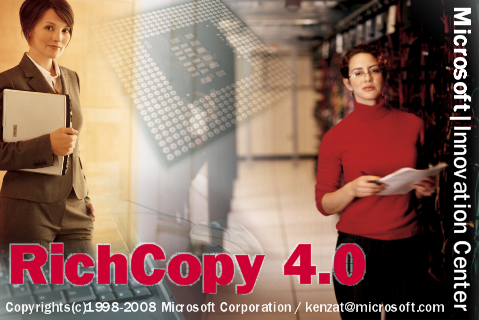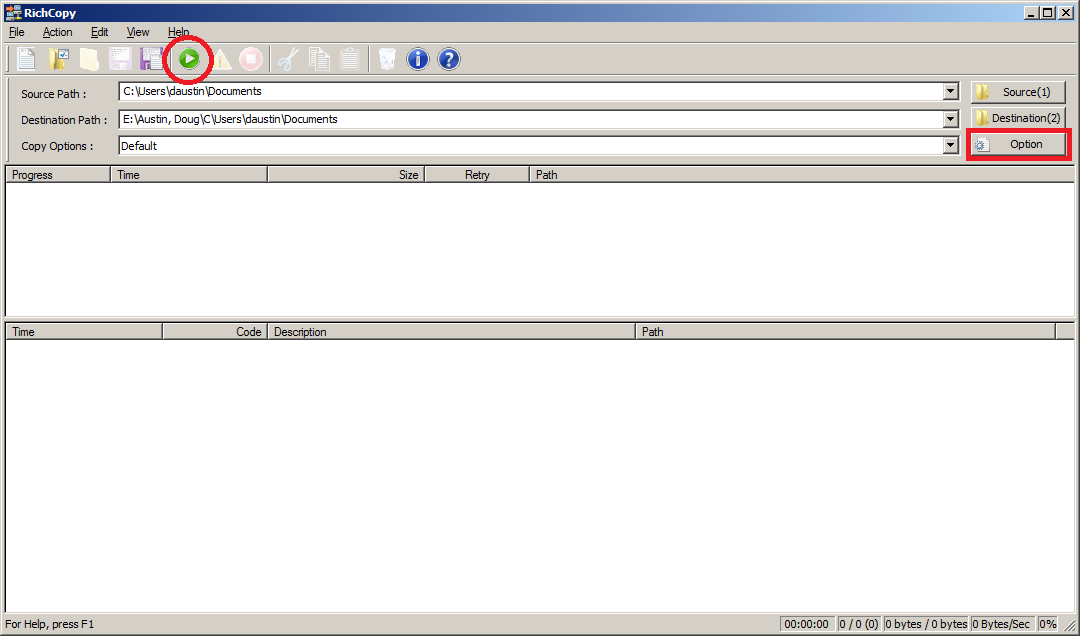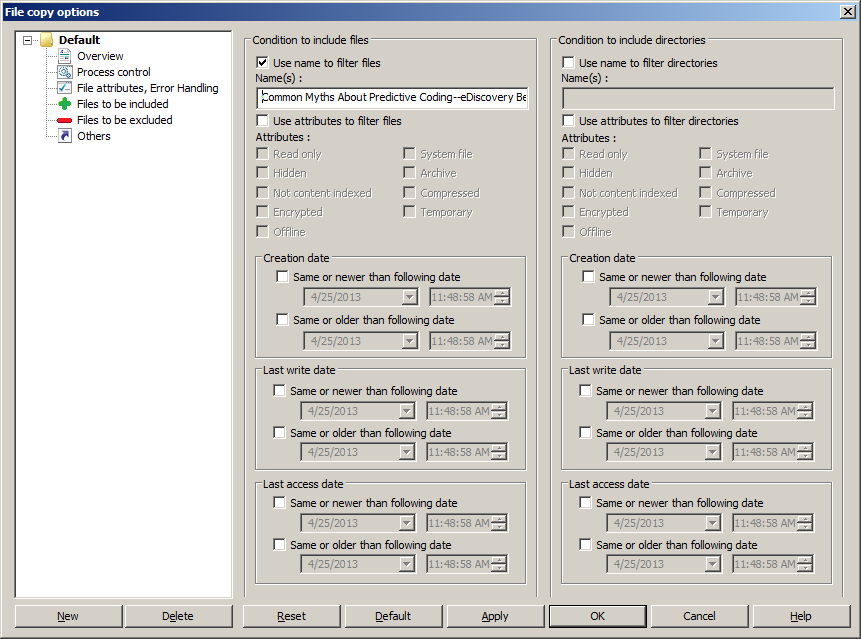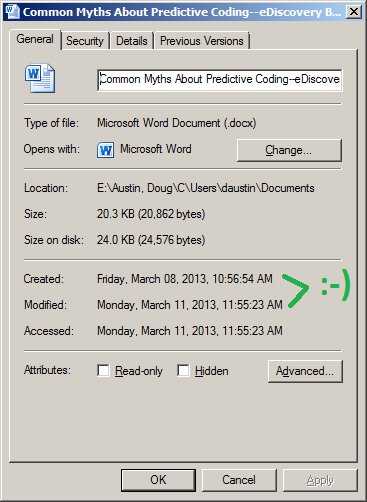Minnesota Implements Changes to eDiscovery Rules – eDiscovery Trends

Last week, we reported on potential amendments to the discovery provisions of the Federal Rules of Civil Procedure that could be adopted within the year. States are busy with changes too. One such state is Minnesota, which has amending its rules to emphasize proportionality, collaboration, and informality in the discovery process.
As reported by Brendan Kenny in Law Technology News (Minnesota Amends Civil E-Discovery Rules), on February 4, Minnesota’s Supreme Court adopted amendments to the Rules of Civil Procedure, scheduled to take effect on July 1 of this year. Notable were amendments to Rules 1 and 26, as follows:
- Rule 1: To address proportionality concerns, the following was added to the existing rule: “It is the responsibility of the court and the parties to examine each civil action to assure that the process and the costs are proportionate to the amount in controversy and the complexity and importance of the issues” by considering the “needs of the case, amount in controversy, parties’ resources, and complexity and importance of the issues at stake in the litigation.”
- Rules 26: Rule 26.02(b) was amended, requiring that the scope of discovery “comport with the factors of proportionality, including without limitation, the burden or expense of the proposed discovery weighed against its likely benefit, considering the needs of the case, the amount in controversy, the parties’ resources, the importance of the issues at stake in the action, and the importance of the discovery in resolving the issues.” Also, Rule 26.06 was amended to require the parties to “confer [on discovery] as soon as practicable — and in any event within 30 days from the initial due date for an answer”.
As discussed in the article, here are some other notable changes:
Rule 37.03 will authorize courts to sanction any party who does not disclose information or witnesses by
- Precluding the party from using that information or witness.
- Ordering the party to pay the other party’s “reasonable expenses.”
- Informing the jury of the party’s failure, or (4) imposing “other appropriate sanctions.”
Rule 37.06 allows the court to require a “party or attorney to pay to any other party the reasonable expenses, including attorney’s fees, caused by the failure” to “participate in good faith in developing and submitting a proposed discovery plan as required by Rule 26.06”.
Also, Rule 115.04 will allow courts to resolve motions to compel through an informal telephonic conference with the court, an option not previously in either Minnesota or federal court.
A link to the full set of amendments can be found here.
So, what do you think? Has your state recently adopted any rules changes to address discovery? Please share any comments you might have or if you’d like to know more about a particular topic.
Disclaimer: The views represented herein are exclusively the views of the author, and do not necessarily represent the views held by CloudNine Discovery. eDiscoveryDaily is made available by CloudNine Discovery solely for educational purposes to provide general information about general eDiscovery principles and not to provide specific legal advice applicable to any particular circumstance. eDiscoveryDaily should not be used as a substitute for competent legal advice from a lawyer you have retained and who has agreed to represent you.








